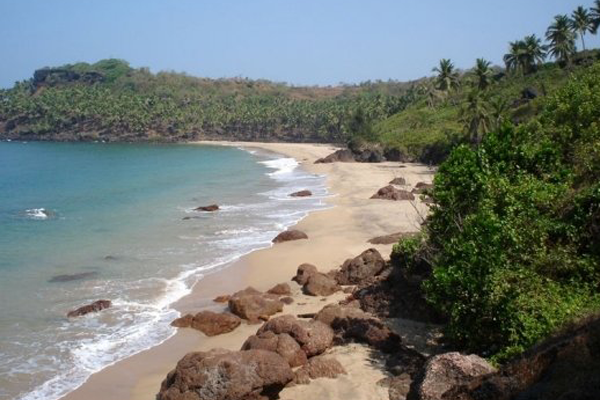
Galgibaga in Canacona, South Goa, a secret enclave sandwiched between the Arabian Sea and a tiny hillock. Passed over completely by the sands of time, Galgibaga beach is ideally a poet’s delight and a Philosopher’s retreat for its mystical and meditative ambience. It offers a breath of fresh air to city-weary souls in the warm embrace of natur
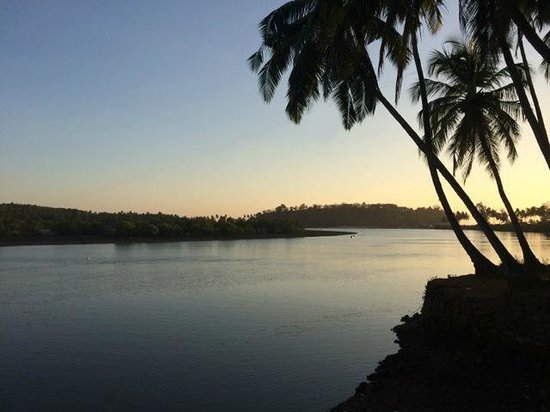
Talpona River originates in the dense, mixed jungles of Ravan Dongor in between Nane and Kuske on the Sahyadri Mountains. It comes down by passing Bhatpal, fed by the tributary, also named Bhatpal, and drains into the Arabian Sea near the village of Talpona. The river develops a length of around 31km. It has three other tributaries named Nadke, Gaondongrem, and Khalwade.
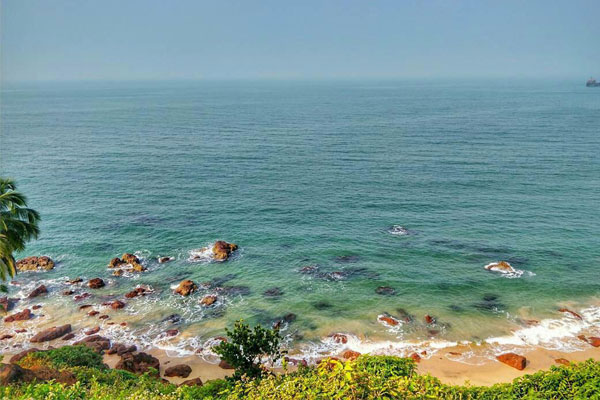
The beautiful Rajbag beach in Goa is situated across a stream at the south end of the Palolem beach. This south Goa beach has stretches of white sand, casuarinas trees and many dunes. The sand here is clean and also the water is safe for swimming

Palolem beach is voted one of the best beaches in the world ,its a crescent cove in the far south of GOA surrounded with palm trees along the coastline. the water is clear, shallow & safe to swim. there’s nothing to do here but soak up the rays ,and go for long walks in the shallows.

Avail Old Goa tours for a glimpse into the chequered history of this ancient capital. Basilica of Bom Jesus, A must-have on the Old Goa tour, the Basilica of Bom Jesus church is dedicated to Infant Jesus. An epitome of Baroque architecture, this church has been declared a World Heritage Monument. Basilica of Bom Jesus enshrines the mortal remains of St. Francis Xavier, the patron saint of Goa
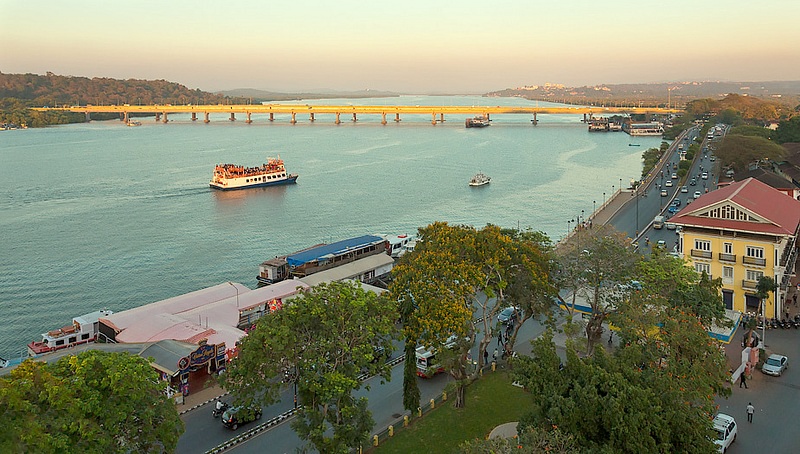
Besides being the capital of Goa, Panjim itself is a lovely little town along the banks of the Mandovi river. Check out Azad Maidan square and 18th June road for some the town’s best scenes.

Goa is synonymous to its exotic beaches and pulsating nightlife. Tourists come here to enjoy the relaxed pace of life and rediscover themselves in peaceful and serene surroundings. But there is more to Goa than just beaches, churches, nightlife and casinos. A major attraction in the rural side is the spice plantation of Goa. Situated in the region called Ponda (central Goa), the spice plantations in Goa use organic methods of cultivation and farming
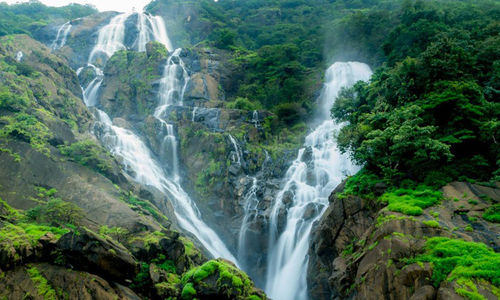
The name ‘Dudhsagar’ literally translates to ‘sea of milk’ which many believe is an allusion to the white spray and foam that the great waterfall creates as it cascades into the waters of the lake. The falls are at their zenith during the monsoon season, although they are a popular attraction all year round.
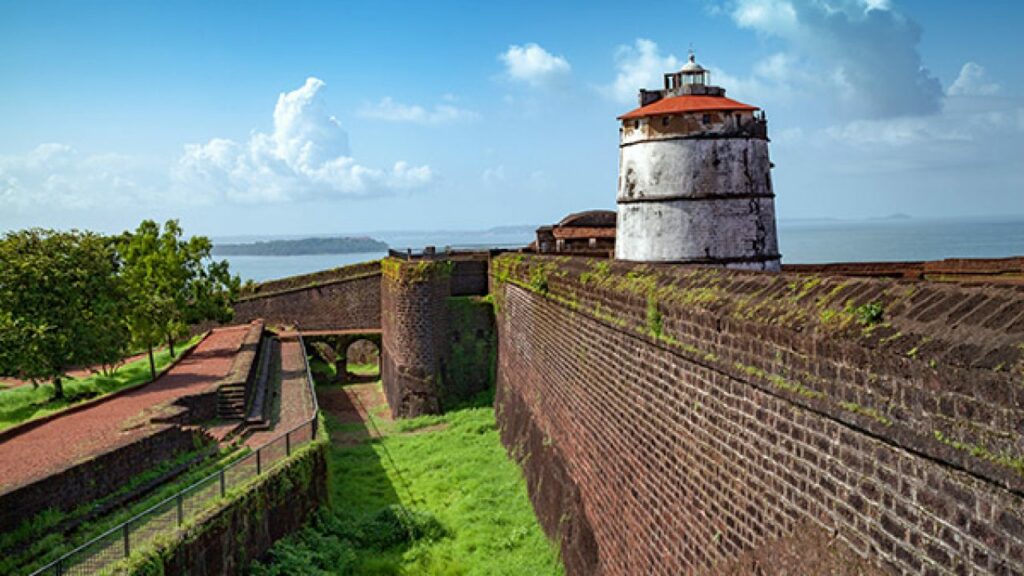
Fort Aguada is strategically situated at the estuary of the river Mandovi, this fort was constructed in 1612 as a guard against invasions from the Dutch and the Marathas. The walls of this fort are 5 mts high and 1.3 mts wide. Little surprise then that this remains to be the only fort that was not conquered by any invaders during the 450 yearlong rule of the Portuguese empire
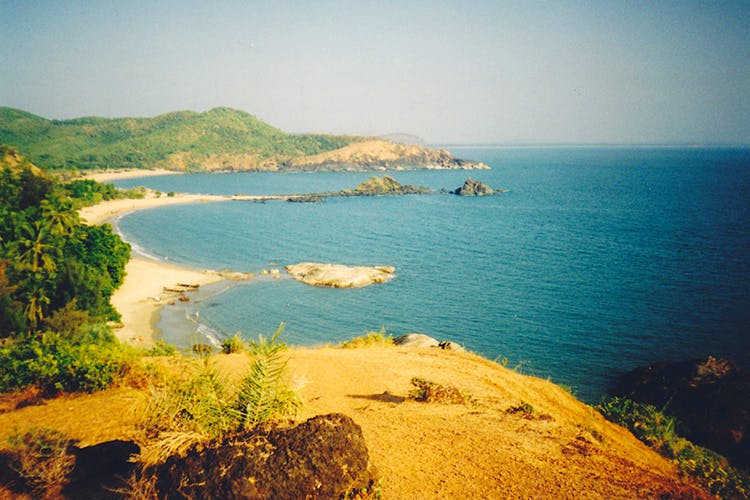
There are many stories about Gokarna’s name in Indian mythologies. More than a tourist spot it is a religious place. Many Hindus perform their last rites over here. Gokarna is a temple town and is referred to in a number of Hindu historical literature pieces. Around the town lie a number of beaches and these serve as a major attraction for travellers.
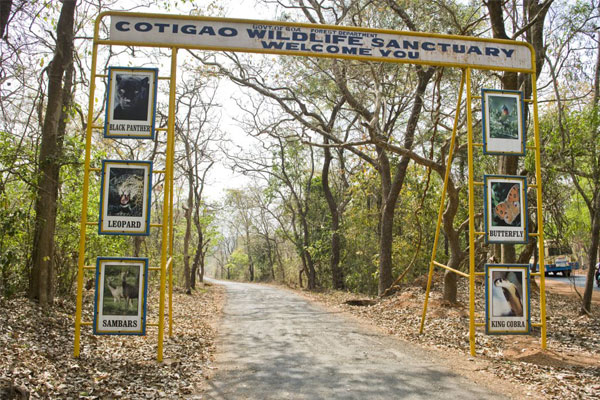
Cotigao, Goa’s fourth and the second largest wild-life sanctuary initially admeasuring 105 sq kms, was established in 1968 to protect a remote and vulnerable deciduous forest on the Goa-Karnataka border. However later the area was re-notified in 1993 and limited to 86 sq kms.

Galgibaga in Canacona, South Goa, a secret enclave sandwiched between the Arabian Sea and a tiny hillock
Galgibaga in Canacona, South Goa, a secret enclave sandwiched between the Arabian Sea and a tiny hillock. Passed over completely by the sands of time, Galgibaga beach is ideally a poet's delight and a Philosopher's retreat for its mystical and meditative ambience. It offers a breath of fresh air to city-weary souls in the warm embrace of nature. The quiet Galgibaga beach is South Goa is perhaps one of few hidden treasures that Goa has left. The beach is known as one of the three places in Goa that form the nesting grounds of the Olive Ridley turtles, a protected species. The northern portion of this beach is protected as the turtles nesting grounds and gives the beach its nickname, Turtle beach